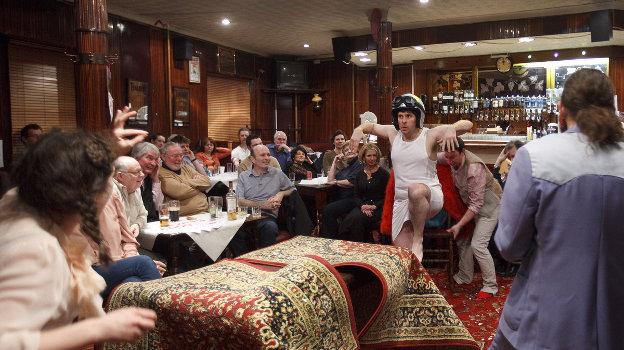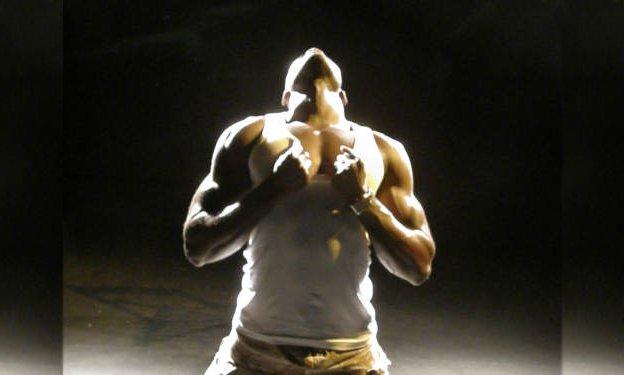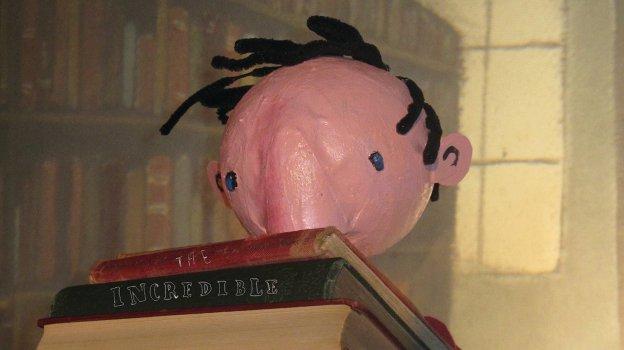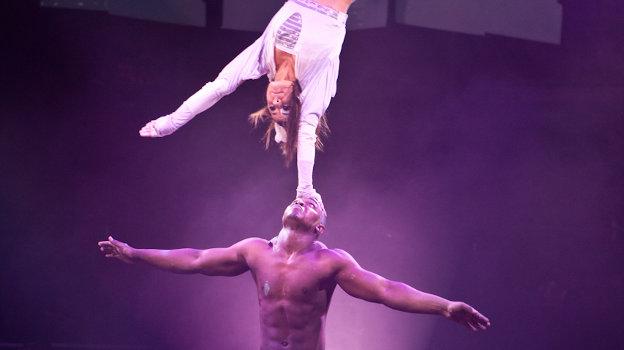I’ve been told to keep it general and a bit mysterious when it comes to describing the work behind the Total Theatre Awards. Discussions at the assessing meetings, at which we share our thoughts on productions, are confidential. However, it also seems worth giving a little insight into what goes on behind the scenes.
Each year, a team of assessors sifts through hundreds of shows that have been nominated. Over the first fortnight of the Fringe, one, two or more people will see the piece at different times, depending on the initial feedback.
The process culminates in a lively shortlisting meeting, which often lasts four hours or more, as we whittle down the list. Be prepared for full-on clashes, radically different reactions and struggles to fit productions into categories. At the end, we have a framework for the judging process.
It makes a huge difference to have this professional forum over the Fringe. Writing, reviewing or even just watching theatre has an oddly isolating side. Surrounded by tourists in a pressure-cooker of drinking and socialising, you can feel adrift if the aim is to see new work in a semi-professional way. Or any other way.
The people involved at the assessing stage are mainly young producers, directors, performers and writers. When it moves to the judging stage, they are more established theatre professionals, including critics and academics.
This year it just so happened that all except one of King Arthur’s knights was female (at least at the meeting near the Meadows at 9.30am on Tuesday). The only man was asked to see a show about ‘men’. These days, I observe the imbalance. Overall, I think sexism is alive and well, but in this sort of context it’s more a sort of structural professional segregation. Tough male environments like the army, police, the city can be equally if not more damaging for men. And we had scones at the meeting.
A significant effort is made to take our perspectives into account and counterbalance them. Of course you cannot completely factor out the patterns – of friendship, education, origin – that influence opinions. It’s not a perfectly objective process. However, allegiances are declared and an assessor with an alternative background provides a counterweight.
One final point is that the production task is huge. I am always completely in awe of the professionalism of the young producer who works with Pippa Bailey on the awards; this year and last it’s been Becki Haines. Faced with a huge jigsaw puzzle of timetables, preferences, deadlines, shows, ticket bookings, cancellations and sleep deprivation, it takes a truly unflappable person to carry this off.








